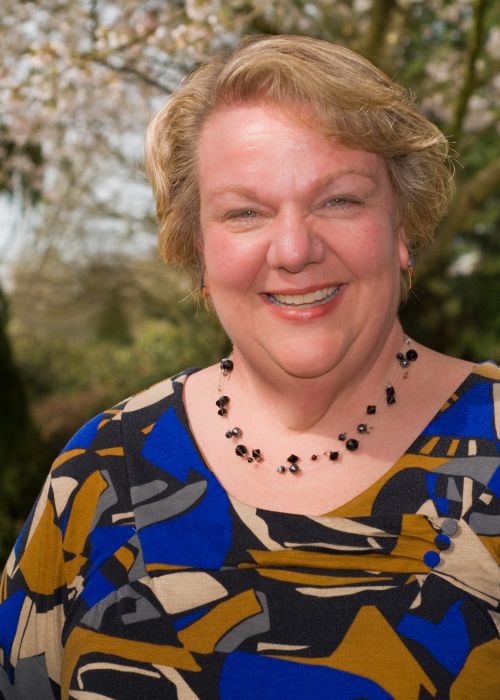ADHD in the Church
ADD can make it tough to be a Christian. Two significant components of a typical worship service are the sermon and the prayers. Participation in either takes significant concentration. Most of the Christians with ADD with whom I have talked feel guilty about how little they participate in traditional worship. Many have abandoned the regular practice of their faith, not because of disbelief, but because of a sense of being ‘out of place’ in a worship service. Oren Mason M.D., Reaching for a New Potential, 2009, p. 171-172
It’s important for churches to realize the reality of an individual with ADD/ADHD and their experience with faithSomeone in your congregation likely. It’s likely that someone in your congregation has ADHD. (In the US, 5.4 million children aged 4-17 and about 4% of American adults are influenced by it.)
As a church, how can you best accommodate the needs of this individual?
- Start by getting to know them. Talk about their strengths and interests, and then dive into what they struggle with.
- What are their strengths? Brainstorm ways to implement their God-given gifts and abilities into the body of the church.
- Understand medication issues. Medication is often taken in the morning and runs out within 12 hours, making it challenging to sit attentively or focus during evening programs. Some persons with ADHD don’t take medication on the weekend, so they might need different accommodations during the worship service and church programming.
- Empower them. Provide seating choices. Would they focus better in a 1:1 setting? Invite this person to sit in the front of the church. Do they need to move around during the service? Perhaps they’d enjoy sitting in the back of the church to rotate between sitting and walking. Is their chair restricting? Try a wiggle seat, an exercise ball, or a Theraband on the chair legs. (Inclusion Tool Box)
- Interactive lessons that utilize images, analogies, and fill-in-the-blank worksheets (or sermon notes) to engage visual learners. The more senses you involve, the more learning styles you accommodate.
- Visual references, like an order of activities, let children and adults with little sense of urgency know what is coming up next. This list can help them know what to expect and when they need to wrap up a current activity. Find more tips for creating visual references here.
- Engage the mind while the hands fidget.
- Maybe this person needs a buddy gifted with strengths that complement his or her weaknesses.
When welcoming any individual into the church, it’s important to remember that they have both strengths to contribute and areas of need. The church is not complete without this person, regardless of their level of ability or disability.
Contributors: Doug Bouman, Director of Evaluation Services, and Barbara J. Newman, Director of Church Services, at All Belong contributed to this article. Many of the above ideas were adapted from the G.L.U.E. Training Manual DVD.

Barbara J. Newman
Church and School Consultant
Barbara J. Newman (1962-2020) was the Director of Church Services at All Belong. For over 30 years, she endeavored to create communities of inclusion through All Belong. Co-administrating the inclusion program at Zeeland Christian School allowed her to stay on top of best practices which she shared at schools and churches nationwide and in her books and practical resources, including Autism and Your Church, Helping Kids Include Kids with Disabilities, the Inclusion Awareness Kit, Nuts & Bolts of Inclusive Education, and her latest title, Accessible Gospel, Inclusive Worship.
